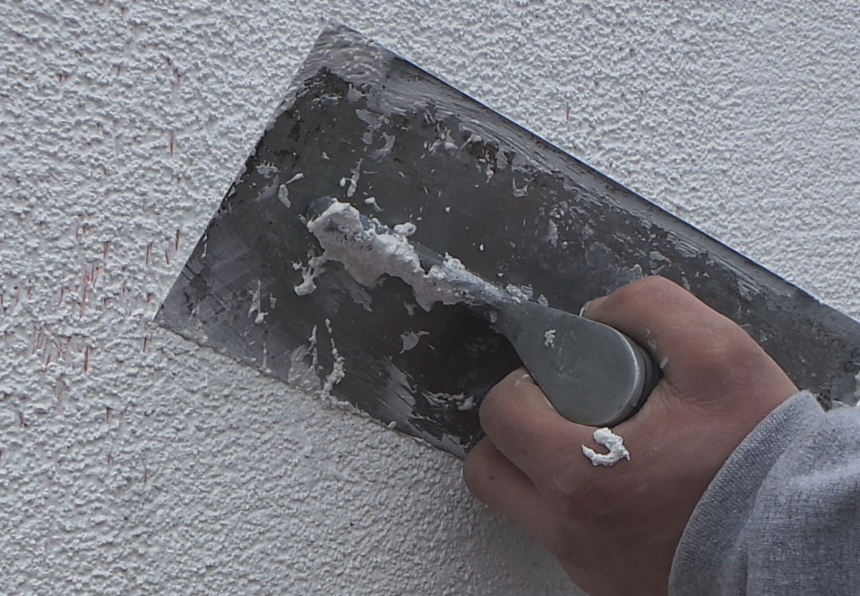
Why render your home
A huge number of properties in the UK are rendered – the render used on the properties can fulfil many roles including the following:
- Protecting underlying brickwork
- Create an attractive façade on an ugly property
- Tying several different building materials types together
In the past, the materials typically used to render a property consisted of sand and cement. The benefit of sand and cement was that it was incredibly strong – the issue though was that despite being tough, the older sand and cement renders lacked flexibility.
Old render often cracks!
Now back in the day, one of the major reasons for people getting their homes rendered was to protect the underlying, aging brick work from the elements. One of the biggest problems with older properties though is that they move – the expand in the summer and shrink in the winter. The movement of the building annoyingly resulted in cracking and so water could suddenly find its way behind the render. This sadly then causes the old sand and cement render to flake / fall off leaving an unattractive façade and one that does nothing to fulfil the roles it was intended to do!
Good news – modern day renders are flexible
There is good news though, modern day renders are completely flexible so they don’t suffer in the same way as the old sand and cement renders when the building moves throughout the year. The addition of a flexible reinforcement layer is a critical component of all modern day renders so when speaking to render installers make sure the system being used incorporates this important feature.













